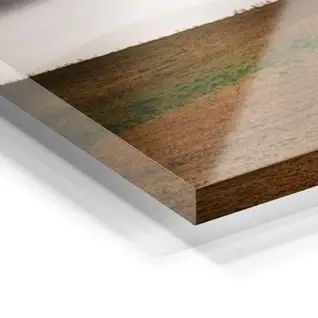
Suprematist Composition No.56, 1916 - Canvas Print
By Kazimir Severinovich Malevich


Suprematist Composition No.56, 1916
Order now to receive by Apr 24
Free shipping on Orders $100+
Within U.S. Only.
Limited Time Only!
45% Off Sitewide. Additional Savings! Extra 25% Off $300+ Orders in Cart
Pairs Well With
Carefully curated by iCanvas
1 size available
9 sizes available
The iCanvas Difference

Unique & Acclaimed Artists
We bring you a diverse mix of world class artists, handpicked for their exceptional talent and ability to inspire across every medium.

Handcrafted Products
Our beautiful, long-lasting art combines expert craftsmanship with high-quality materials, ensuring each piece is as durable as it is visually striking.

Love Guaranteed
Whether it’s the vibrant colors or durable materials, our commitment ensures that your art will look stunning for years to come - guaranteed.
High-quality art prints, hardwood frames, individually handcrafted.
Elevate your space with high-quality art prints and meticulously handcrafted hardwood frames. Each print bursts with vibrancy and detail, while the frames are designed for both durability and style.

Fine Art Paper & Canvas
Our fine art paper and canvas prints are crafted with premium materials to deliver exceptional detail and colors. Whether you prefer the classic look of canvas or the refined feel of textured paper, bring gallery-quality art into your home.

Low-Glare Acrylic Glass
Our low-glare acrylic prints offer a sleek, glossy finish that enhances colors while reducing reflections. This modern option provides a clean look with shatter-resistance, perfect for spaces needing an elevated and contemporary touch.

Hardwood Frames
Handcrafted from premium hardwood, our frames are built to last while beautifully complementing your art. Each frame is carefully designed to enhance the artwork’s natural appeal, adding elegance and a polished finish to any print.

New: Steelpix Metal Prints
Our new Steelpix prints provide unmatched vibrancy and depth, giving your art a dynamic, eye-catching appearance. With a lightweight design and easy magnet hanging system, these prints are perfect for making a bold statement in any room.
Customers Also Bought
9 sizes available
8 sizes available